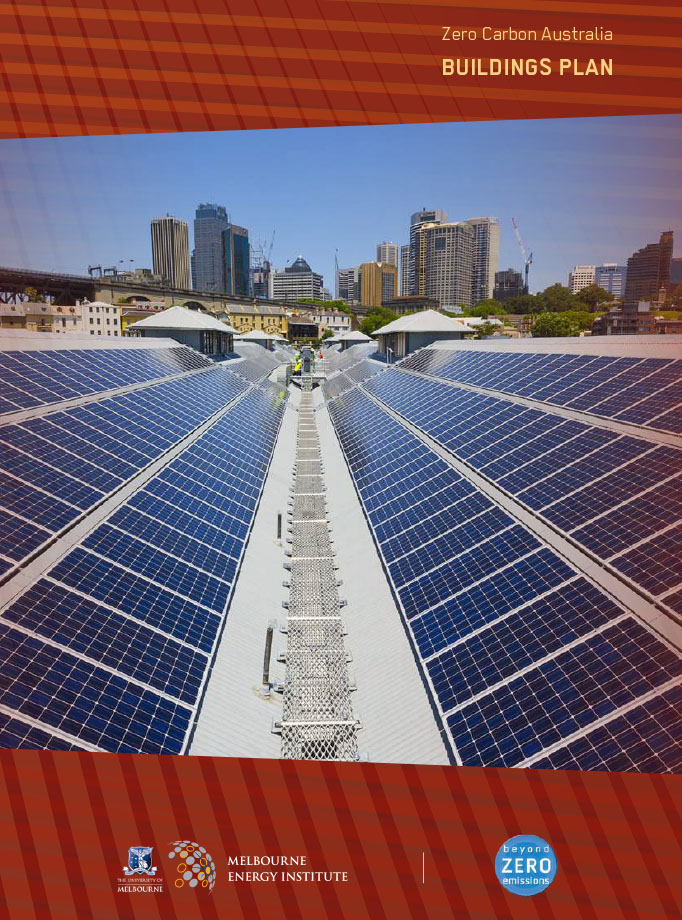Energy Efficient Buildings Plan
A practical plan to fix Australia’s buildings in a decade
August 2013
Driving down energy bills and emissions
Australia’s existing buildings are not adequately designed to meet many of the challenges we face today. Houses and workplaces are often unnecessarily cold in winter, hot in summer, and expensive to run. We now have the technologies and know-how to make our buildings far more comfortable, while protecting us from rising electricity and gas bills. Energy Efficient Buildings Plan shows how Australia can halve its energy use from buildings, wipe out energy and gas bills and transform our homes and workplaces to provide greater comfort with lower energy bills.






